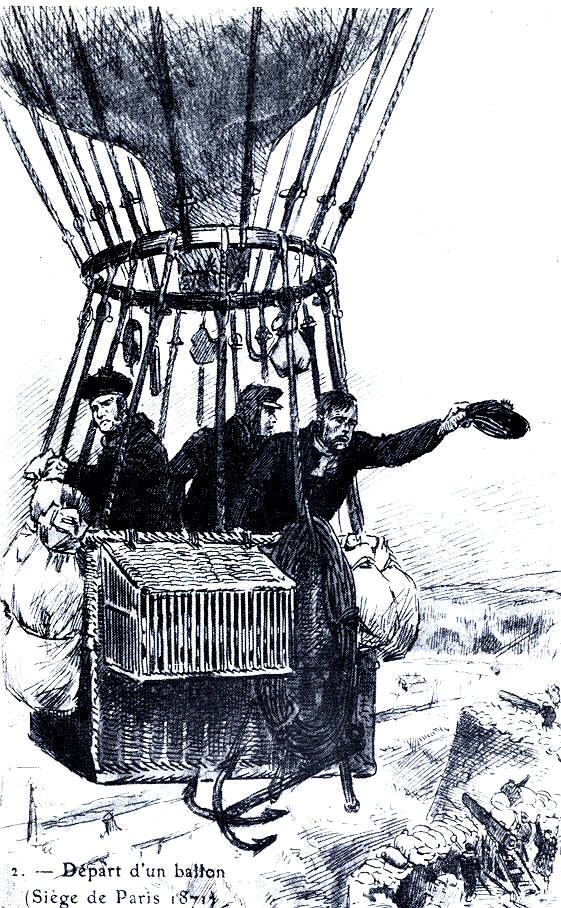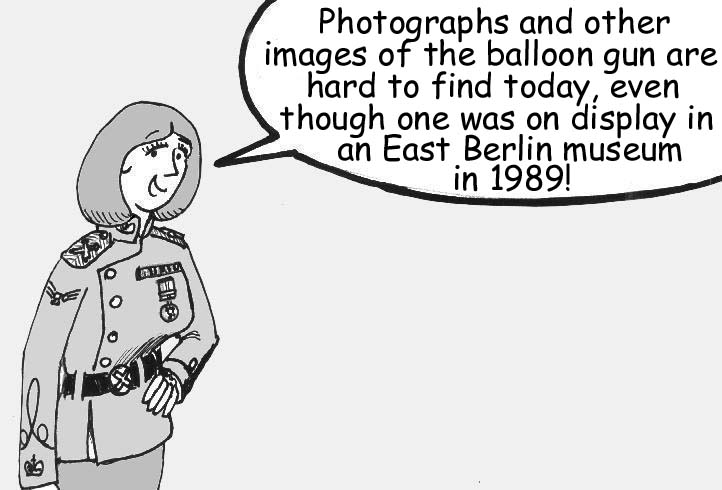KRUPP'S BALLOON GUN
KRUPP'S BALLOON GUN
 ______In 1870 the Franco-Prussian War broke out, changing the balance of power on the European continent. Prussia and its allied German states quickly destroyed or outmanuevered the French armies on the frontier and captured Emperor Napoleon III, ending his "imperial" rule.
______In 1870 the Franco-Prussian War broke out, changing the balance of power on the European continent. Prussia and its allied German states quickly destroyed or outmanuevered the French armies on the frontier and captured Emperor Napoleon III, ending his "imperial" rule.

______The solution reached was the design of a special gun, one specifically designed to shoot down balloons. This was the ballongeschutz, the balloon gun designed and manufactured by the famous arms company Krupp. The weapon was a wagon-mounted breech-loaded 20mm gun. The gun was attached to a swivel on top of a pedestal, allowing the weapon to be aimed at very high angles. The wagon could be moved rapidly to pursue airborne balloons and continue to engage them.
______This was the world's first anti-aircraft gun. The Krupp gun was primitive and used simple sights similar to any rifle of the day, but it was the beginning of a field in which Krupp would dominate right into World War II. Unfortunately for the Prussians, it never succeeded in shooting down any balloons, although they did force them to continue their flights at night, with much greater risk to the crewmen.
